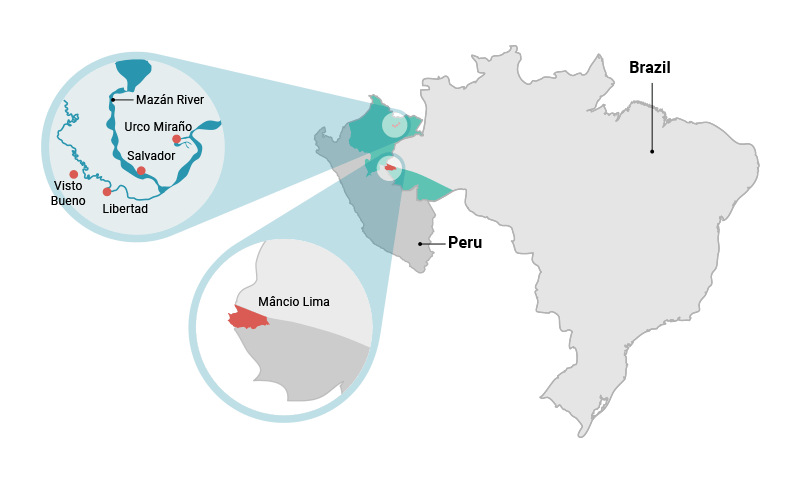
Ongoing Malaria Transmission Hotspots in Peru and Brazil
Setting the stage for testing improved interventions
Why this project?
The greatest proportion of malaria in the Americas is located in the Peruvian and Brazilian Amazon Basin. Of the 143 500 malaria cases recorded in Brazil in 2015, 99.7% of them were acquired in the Amazon Basin.
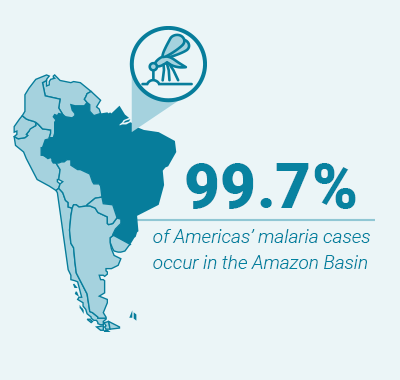
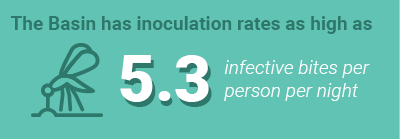
Between 2011 and 2014, Loreto Department, which accounts for 94% of the Peruvian malaria burden, reported a five-fold increase in malaria cases.
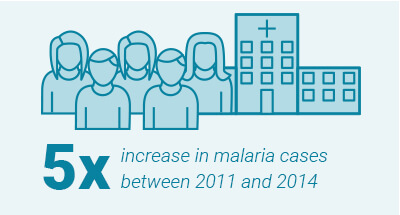
The aim
This study aimed to find out more about ongoing malaria transmission in two different hotspots in the Peruvian and Brazilian Amazon. This is being done to strengthen strategic measures against malaria. This project sought to evaluate the following:
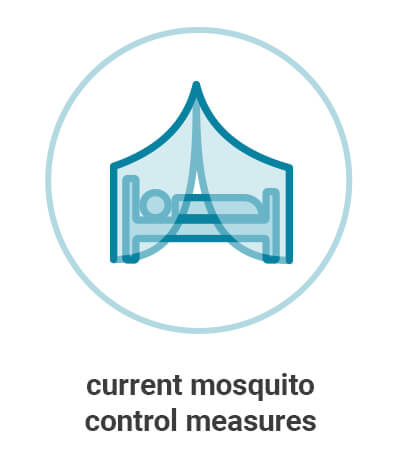
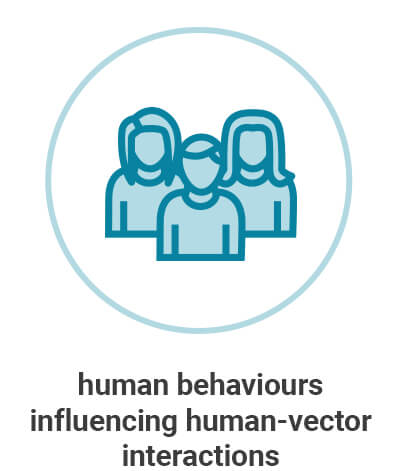
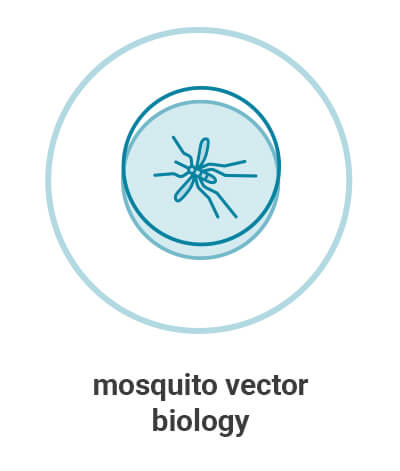
Objectives
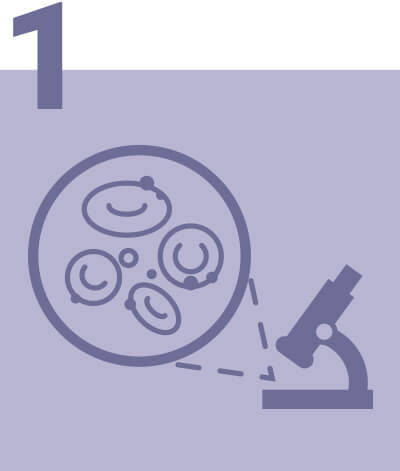
To compare prevalence/ incidence of parasitemia among households with and without bed-net use, such as insecticide-treated nets (ITNs) and long-lasting insecticidal net (LLINs), and with/without indoor residual spraying (IRS).
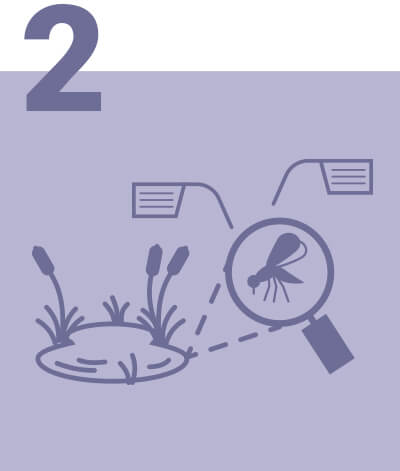
To determine vector biology metrics, quantify environmental variables of aquatic mosquito habitats and genetically characterise immature and adult Anopheles darlingi along the Mazán and Napo Rivers (Loreto Department, Peru) and in Mâncio Lima (Juruá Valley, Brazil).
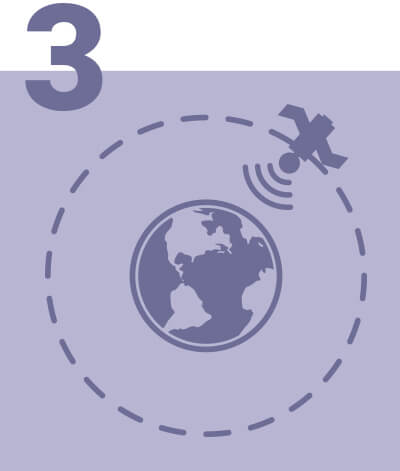
To assess the socioeconomic, behavioural, and environmental determinants of ongoing malaria through a combination of household surveys and satellite imagery.
Innovation in malaria research
The research sites
Peru
Napo River: Salvador (401 inhabitants) and Urco Miraño (329 inhabitants);
Mazán River: Libertad (320 inhabitants) and Visto Bueno (65 inhabitants)
Brazil
Mâncio Lima in Juruá Valley
